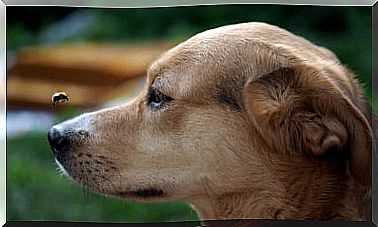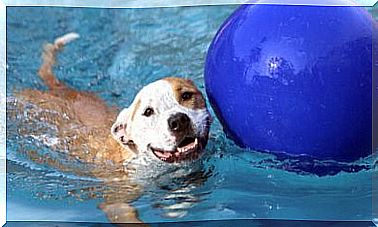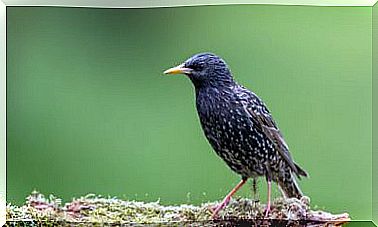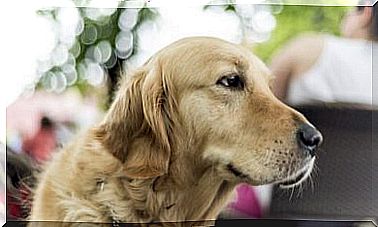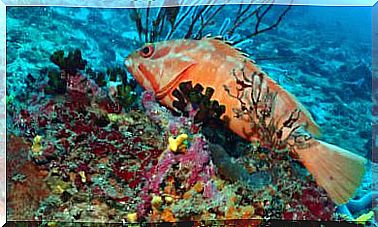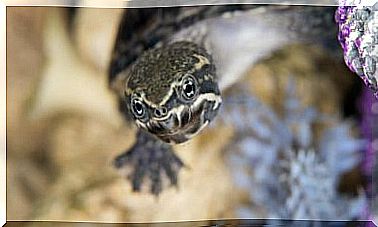Unrecognized Dogs: Breed Classification According To The FCI
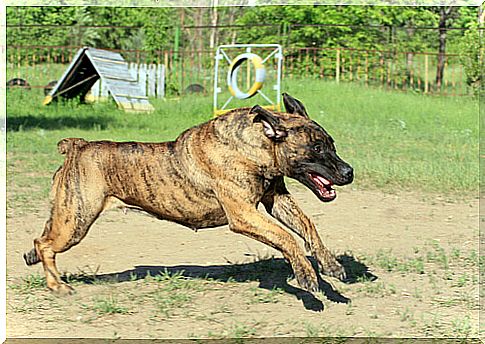
The International Cynological Federation is in charge of grouping canine breeds according to their physical characteristics and related to temperament. In total there are 10 different groups. Also, each of them is divided into sections. However, there are unrecognized dogs for various reasons. For example, breeds that are endorsed by other canine organizations, or that do not meet the requirements of the institution. Learn more below.
What are the dogs not recognized by the FCI?
In total there are 9 breeds of dogs not recognized by the International Cynological Federation. Some of them are:
1. American Pit Bull Terrier
Originally from the United States, she has not gained acceptance by the FCI due to the breed controversy (related to clandestine fighting). However, it has been recognized by the American Kennel Club (UKC), an organization in that country that issues its own breeding rules.
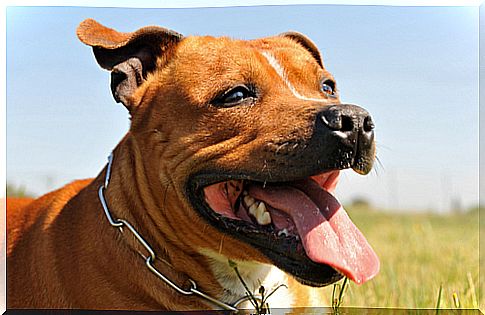
It is a medium-sized dog, weighing up to 30 kg, with a large head, low, wide-set eyes, and a scissor-shaped jaw. The coat can be of any color, the most common being white, black and brown. In some countries it is illegal to own an American Pit Bull Terrier.
2. Boerboel
This dog is of South African origin, of the Molossian type, and comes from the cross between a Havanese, a Great Dane and a now-extinct Bullenbeisser. It is a guardian breed, ideal for heavy work and standardized by continental associations. It can weigh 90 kg and measure 75 cm at the withers. The coat is light fawn, gray, brown, chestnut or black in color, with a smooth and short texture.
The Boerboel is obedient, trustworthy, affectionate, playful and very protective of his family (to the point of being aggressive with strangers). In addition, he is not afraid of anything and is very sure of himself. It is not a dog to live in a flat because of its size and because it requires space to run.
3. Alano Español
It is a medium-sized, grasping or prey dog. It arose from the crossing of several breeds, such as the old English Bulldog and the extinct Bullenbeisser. It was recognized only by the Royal Canine Society of Spain. It is of the Molossian type, with a large head, short and thick fur (red, black, gray or brindle), a short snout and thick fur with folds on the neck.
He is somewhat restless, but unlike what his appearance shows, he is calm. In addition, the Alano Español is confident, courageous and very faithful.
4. American Bulldog
It emerged in the southeastern United States to protect livestock and aid hunters. It is medium in size, robust, compact and quite agile and vigorous. The coat is short, smooth and close to the body in white, brown, red or brindle colors. It has a large head, a muzzle with hanging lips, and a black nose.
The American Bulldog is another of the dog breeds not recognized by the FCI but by the UKC. As for its temperament, it is a sociable, intelligent, very active animal, dominant with other dogs, affectionate and protective. It can be a good choice for a family living in a house.

5. Akbash
This breed has its origin in Turkey where it was developed several centuries ago to take care of sheep. The name means “white head”. As for its appearance, it is similar to the Pyrenean Mountain Dog. For a long time it shared its name with two other Turkish breeds (Kangal and Kars) under the name of the Anatolian Shepherd Dog. They are currently separated and the Akbash have an International Association.
There are two varieties: one with short hair and the other with long hair. They are both white and hardworking. He is a quiet dog when he is not on duty, and is said to bond with the sheep he cares for.
The other dogs not recognized by the FCI are the Alapaha Blue Blood Bulldog (from the United States), the Kangal (Turkey), the Klee Kai (Alaska) and the Shikoku Inu (Japan).
